Inside the 'Dinosaur Capital of the World'

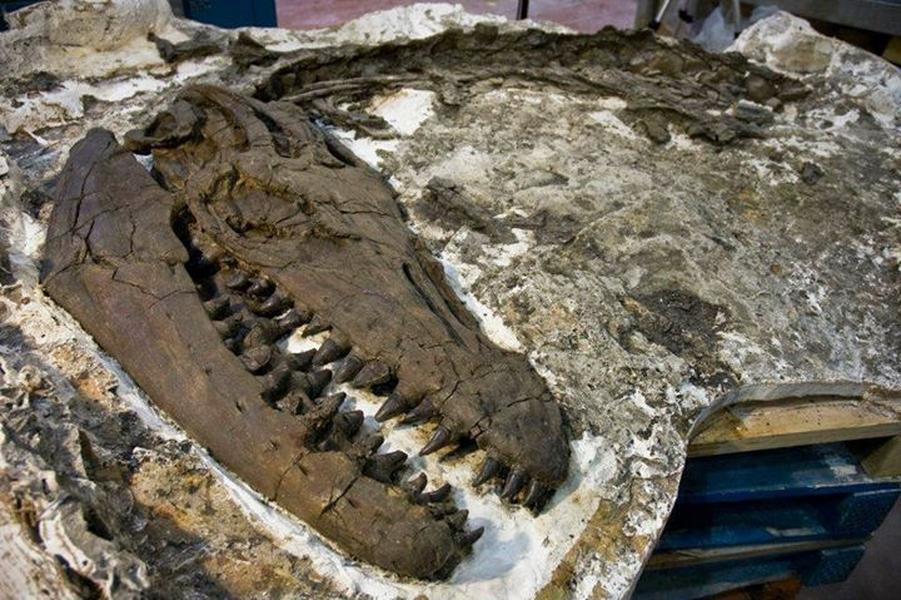
In this month's issue of Smithsonian magazine, Eva Holland explores Canada's wealth of dinosaur fossils in the badlands of Alberta.
Drumheller, Canada, bills itself as the "Dinosaur Capital of the World" — hundreds of dinosaur skeletons have been found in the vicinity. The fossils come from 60 different species that date to the late Cretaceous period, representing as many as five percent of the world's known dinosaur species.
Alberta's Royal Tyrrell Museum is home to more than 150,000 fossils found near Drumheller, including species ranging from raptors to triceratops. But the museum isn't the only source of dinosaur information in the area — Francois Therrien, a paleontologist at the museum, believes a nearby canyon could hold new clues about the dinosaurs' extinction.
The Week
Escape your echo chamber. Get the facts behind the news, plus analysis from multiple perspectives.

Sign up for The Week's Free Newsletters
From our morning news briefing to a weekly Good News Newsletter, get the best of The Week delivered directly to your inbox.
From our morning news briefing to a weekly Good News Newsletter, get the best of The Week delivered directly to your inbox.
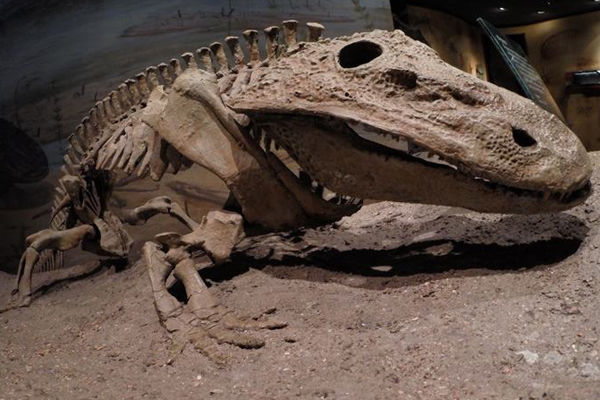
(Facebook.com/Royal Tyrrell Museum)
The K-T boundary, made up of the debris at a canyon carved by the Red Deer River, is the same debris left by an asteroid or comet that many believe killed the dinosaurs. The heat and collision from the impact would have killed many animals, but Therrien proposes that they may have already been a gradual decline among animal and plant species before the impact took place.
According to Therrien, climate change may have "weakened the dinosaurs enough to make an otherwise survivable event truly disastrous," Holland reports. Recent studies have concluded that some species of large herbivores may have declined before the dinosaurs' extinction, and the rocks along the Alberta river site may hold further clues about environmental change before the impact. Read more about the new theory and Alberta's dinosaur treasures over at Smithsonian.
A free daily email with the biggest news stories of the day – and the best features from TheWeek.com
Meghan DeMaria is a staff writer at TheWeek.com. She has previously worked for USA Today and Marie Claire.
-
 Political cartoons for January 4
Political cartoons for January 4Cartoons Sunday's political cartoons include a resolution to learn a new language, and new names in Hades and on battleships
-
 The ultimate films of 2025 by genre
The ultimate films of 2025 by genreThe Week Recommends From comedies to thrillers, documentaries to animations, 2025 featured some unforgettable film moments
-
 Political cartoons for January 3
Political cartoons for January 3Cartoons Saturday's political cartoons include citizen journalists, self-reflective AI, and Donald Trump's transparency
-
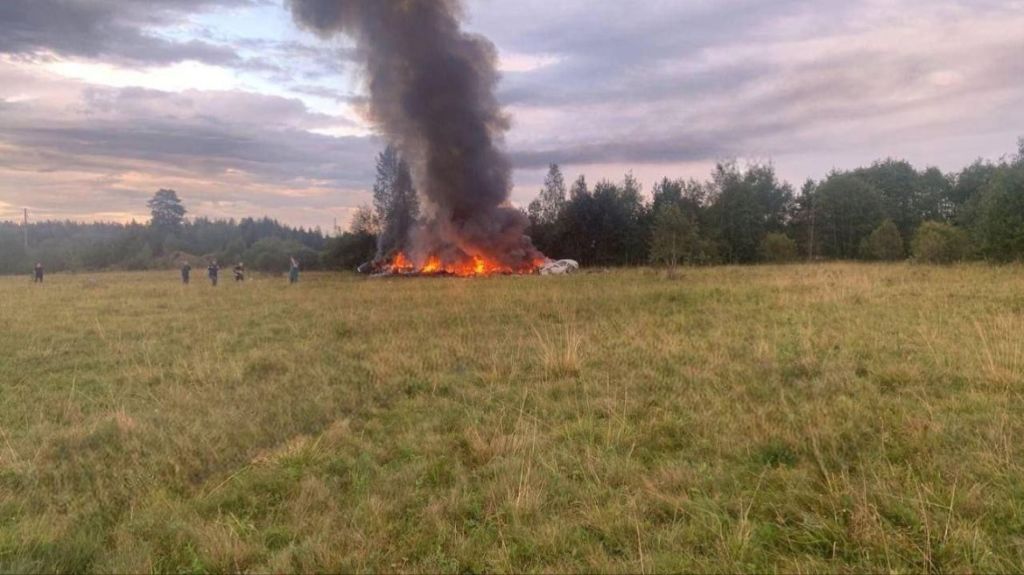 Nobody seems surprised Wagner's Prigozhin died under suspicious circumstances
Nobody seems surprised Wagner's Prigozhin died under suspicious circumstancesSpeed Read
-
 Western mountain climbers allegedly left Pakistani porter to die on K2
Western mountain climbers allegedly left Pakistani porter to die on K2Speed Read
-
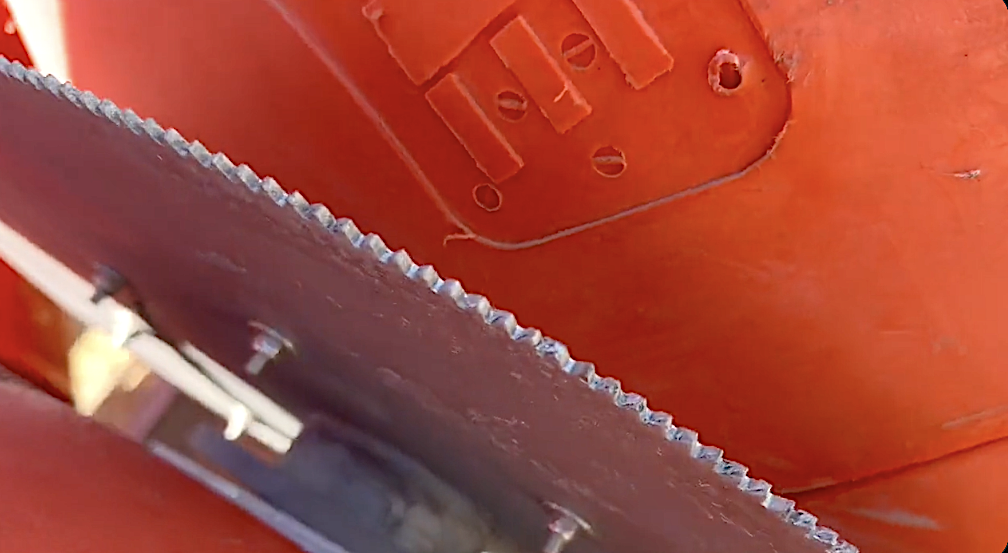 'Circular saw blades' divide controversial Rio Grande buoys installed by Texas governor
'Circular saw blades' divide controversial Rio Grande buoys installed by Texas governorSpeed Read
-
 Los Angeles city workers stage 1-day walkout over labor conditions
Los Angeles city workers stage 1-day walkout over labor conditionsSpeed Read
-
 Mega Millions jackpot climbs to an estimated $1.55 billion
Mega Millions jackpot climbs to an estimated $1.55 billionSpeed Read
-
 Bangladesh dealing with worst dengue fever outbreak on record
Bangladesh dealing with worst dengue fever outbreak on recordSpeed Read
-
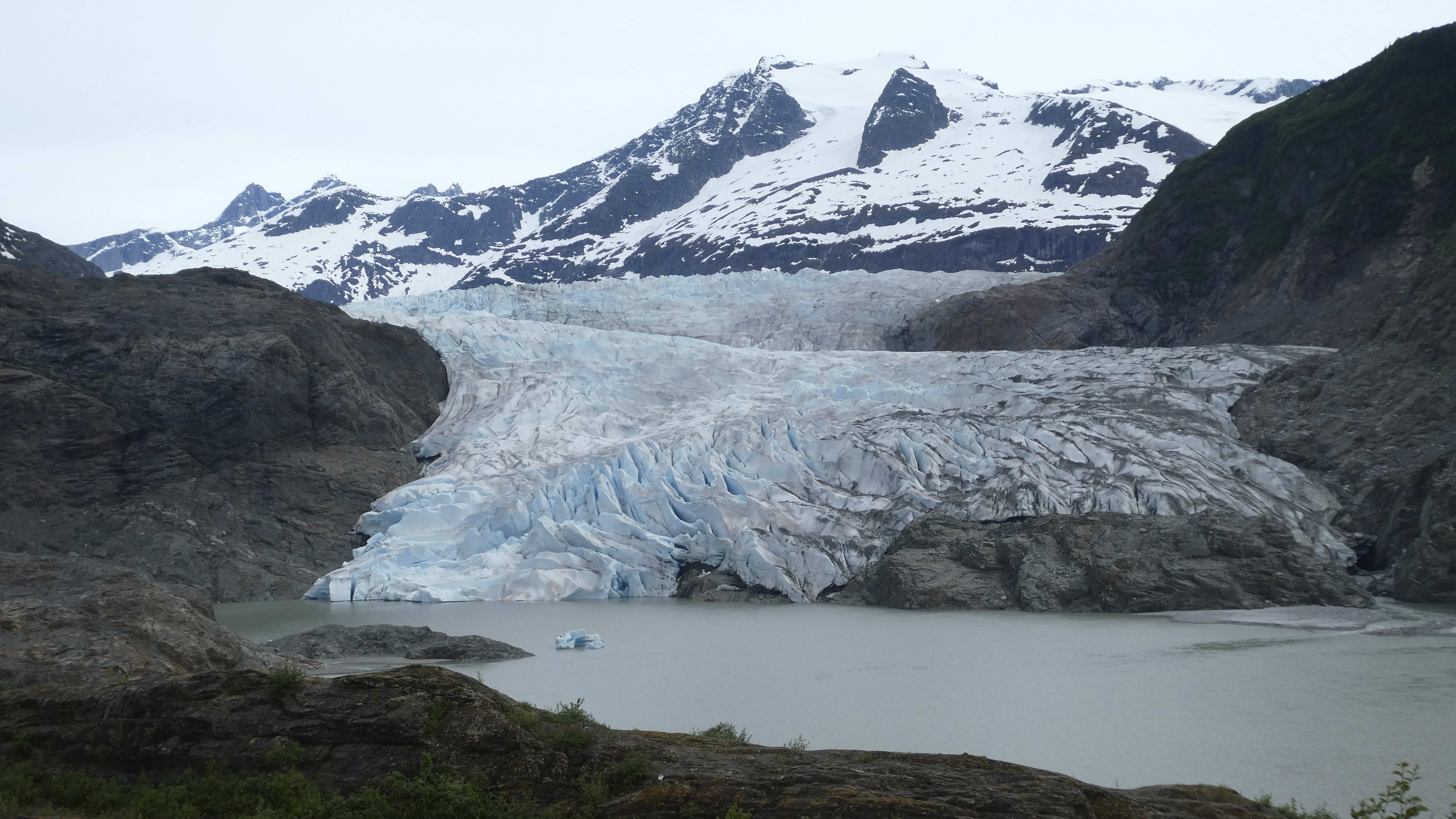 Glacial outburst flooding in Juneau destroys homes
Glacial outburst flooding in Juneau destroys homesSpeed Read
-
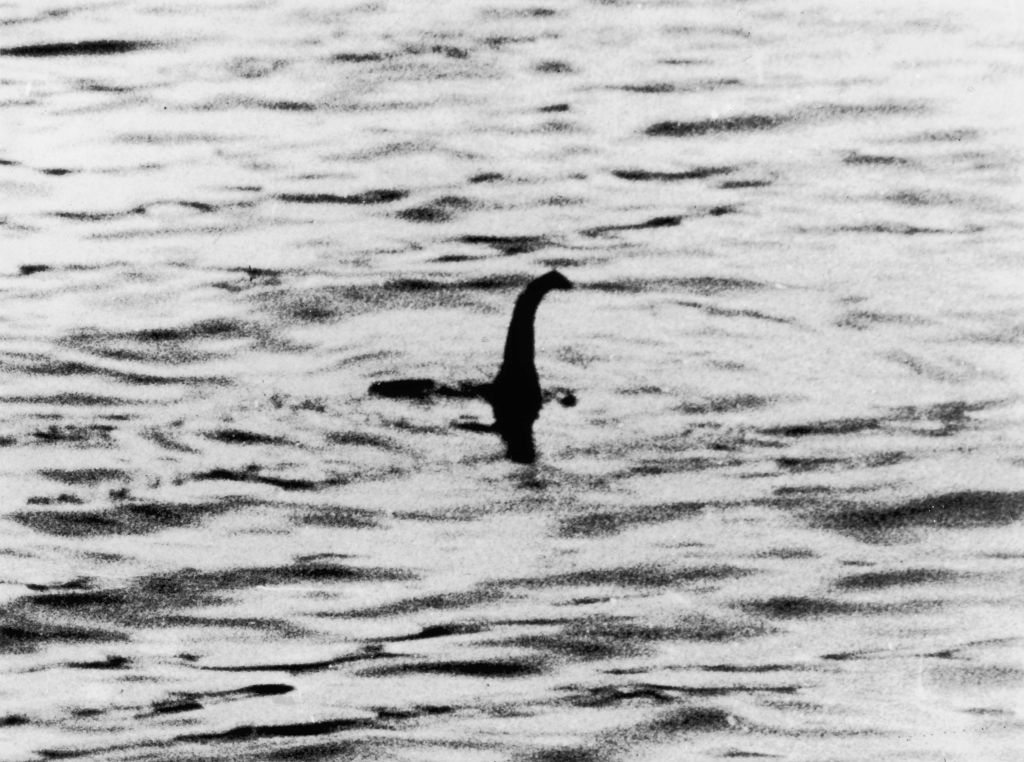 Scotland seeking 'monster hunters' to search for fabled Loch Ness creature
Scotland seeking 'monster hunters' to search for fabled Loch Ness creatureSpeed Read
